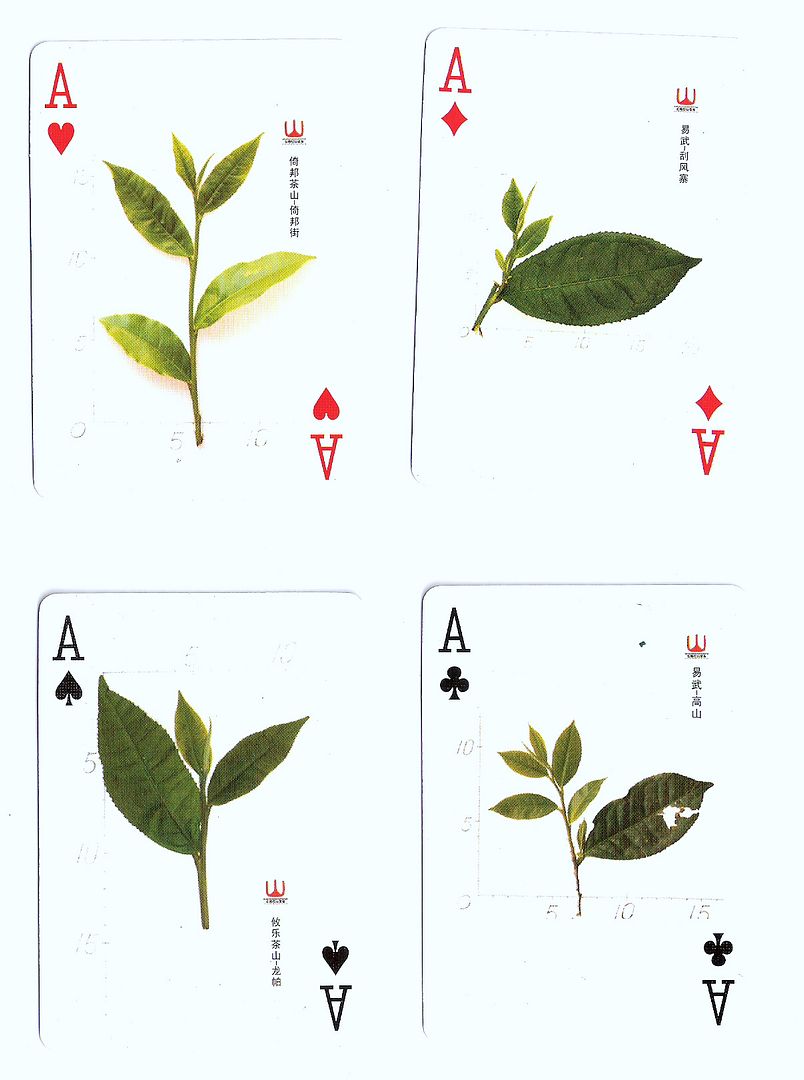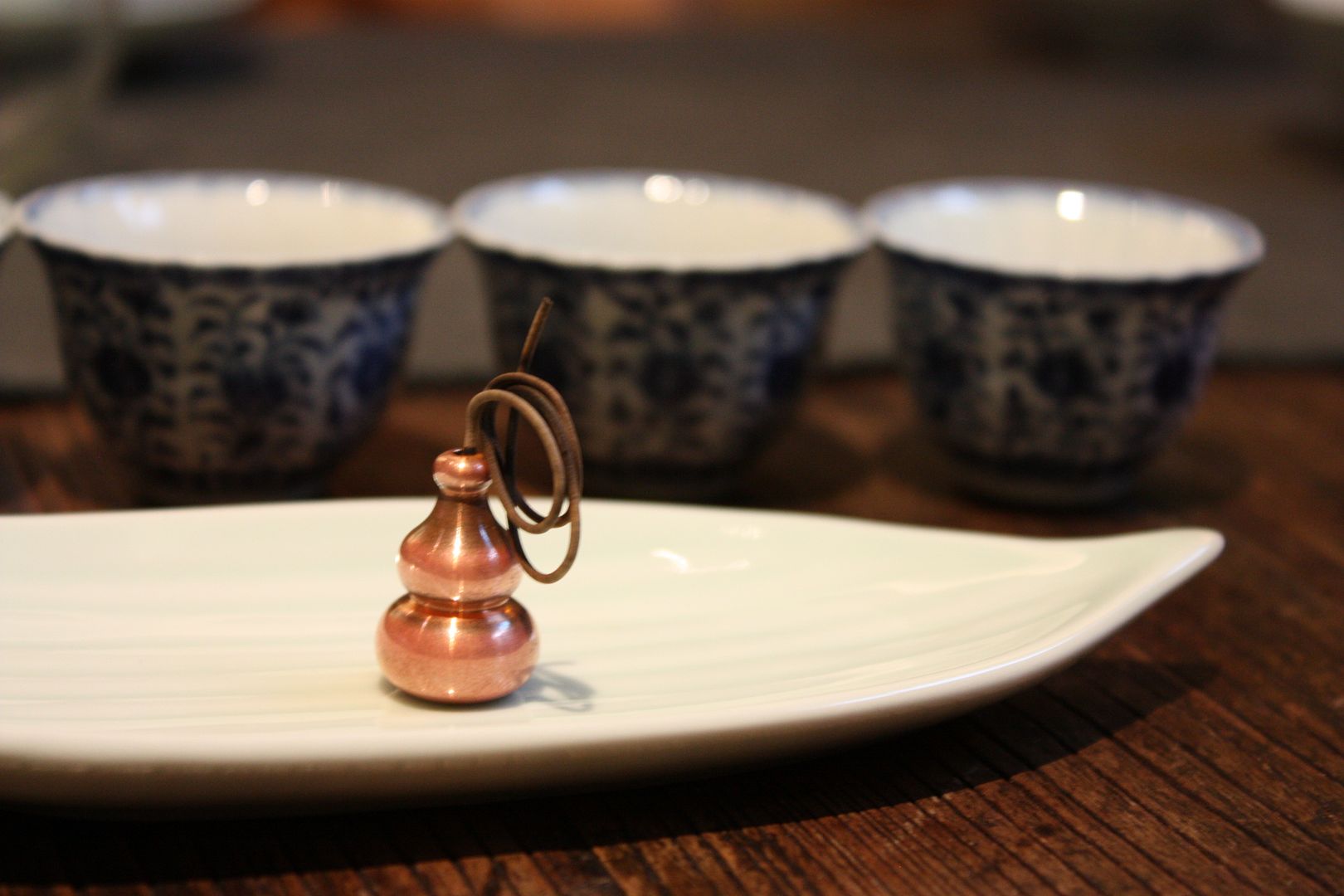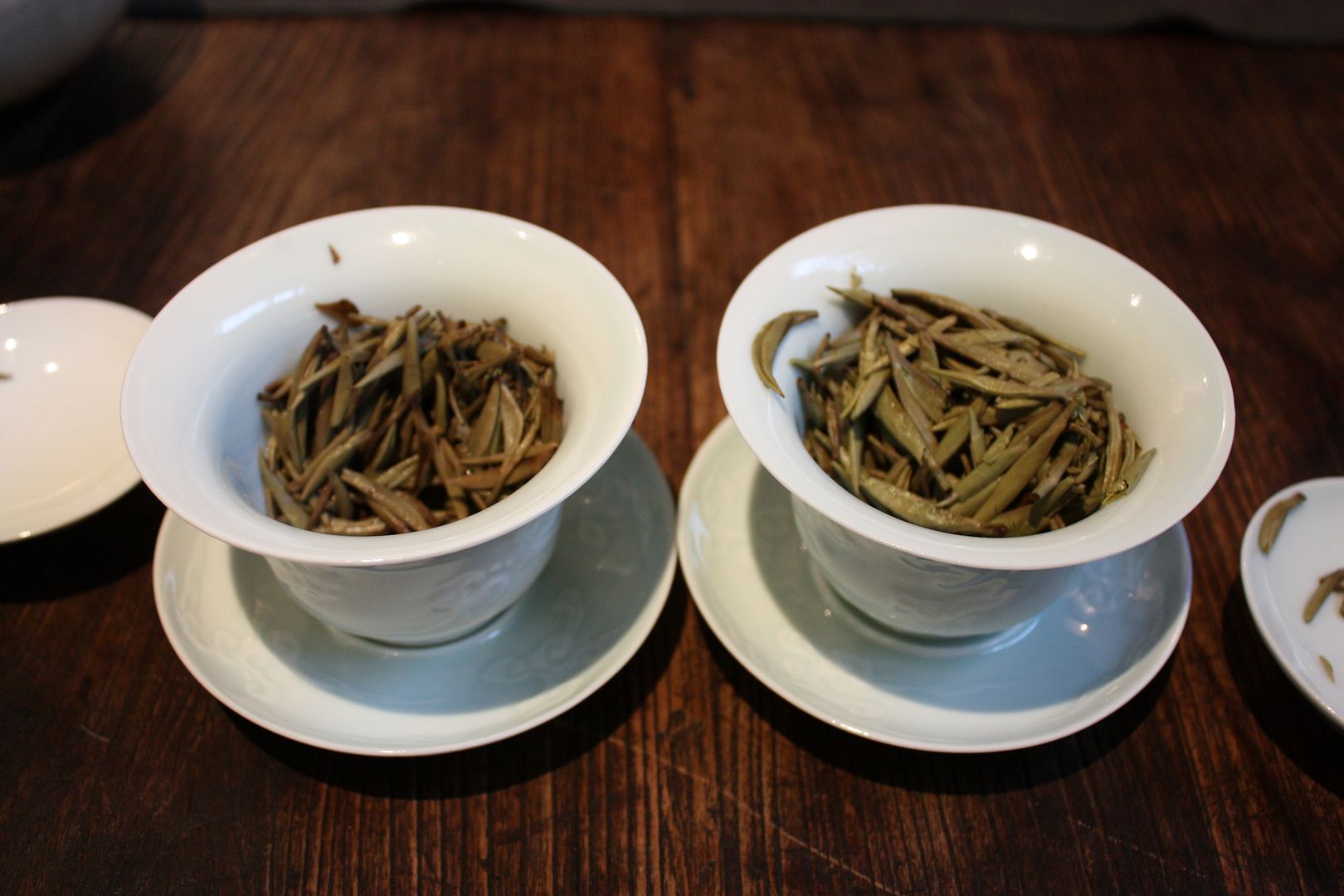Drinking bad teas is a very, very unsatisfying experience. Now there are a few different ways of “bad” that I can think of.
1) Plain bad — it’s insipid, boring, bland, just not very good tea
2) Badly processed/stored — usually with this kind of thing you can pinpoint something wrong with it, either in the processing or the storage, or both. Poorly stored puerh (too dry or too wet) can fall into this category. Teas that are made with wrong or bad processing methods can also fall into this category.
3) Spoiled — stuff is growing, or green tea has turned yellow. Things like that
4) Bad value — this is usually a tea that is on the margins, but the price did it in. An ok tea at $10/lb might be perfectly fine, but if it’s $100/lb, or, for example, a lao chatou selling for an egregious $150CDN, then it can be downright criminal.
Usually with 3, you can spot it without drinking it. Even 2 is sometimes obvious. 1 is harder to tell — the tea can often look quite ok, but a few cups in, I would want to bail on the tea. I want to stop, and start again with something I know is good, something I like, something that will make me feel like it’s worthwhile to drink. Most of the time, bad tea is not a problem that I have, but sometimes when I sample, it happens. Today’s one of those days, and the tea, unfortunately, falls into the 1 category.
I tried the YSLLC 2010 Yiwu. Now, knowing the price of good raw materials from Yiwu this year, I know this price of $16 for a cake is really in the “too good to be real” category. But then, since YSLLC probably cuts out quite a few middlemen, I figured it’s worth giving it a shot.
Unlike the Gedeng, which is fine, the Yiwu is not anything I’d recognize as Yiwu at all. The tea has signs of poor processing, but also doesn’t seem to be from the Yiwu region — it certainly doesn’t taste like anything I’d recognize from Mahei, or at least anything decent coming from Mahei. What I find is a rather odd tasting tea with some strange flavours, and a fair amount of smoke. Not impressed.
Then again, I do, sometimes, change my mind, so might give this another go some other time, to see if my initial impressions are right. But as it is, there are better bets than this tea.





 RSS - Posts
RSS - Posts
Interesting.... would 250C in my oven work?